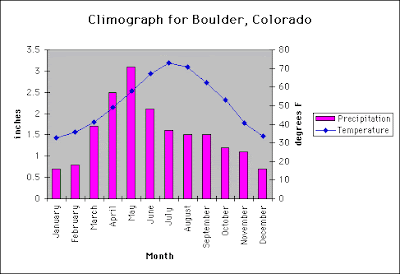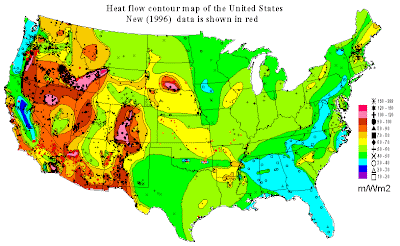Here is a planimetric map which can be seen as only the horizontal positions of features are displayed, without regard to elevation. This differs from a topographic map which indicates both horizontal and vertical positions.
In this example, we are examining Iraq. It shows us international boundaries, major cities, transportation routes (including roads and railroads), air fields, water boundaries and oil refineries.
In this example, we are examining Iraq. It shows us international boundaries, major cities, transportation routes (including roads and railroads), air fields, water boundaries and oil refineries.

















































